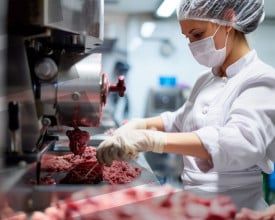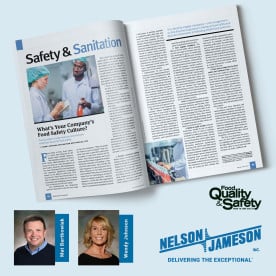Monthly Archives: June 2021
- June 29, 2021
June is an important time of year here at Nelson-Jameson, not only is it June Dairy month, but it is also recognized as National Safety month! We find these two topics to be important in the success of our business—being a single source food, dairy, and beverage processing plant supplier. Some questions you may be pondering are, "How did these two topics become nationally recognized and what makes them so important?" and "How do they relate to Nelson-Jameson?" Here is an overview of the correlation:
Dairy Month:
June Dairy Month started out as National Milk Month in 1937 as a way to promote drinking milk, and was a way to distribute extra milk during the warm summer months. According to American Dairymen®, "This month was initially
- June 07, 2021
An essential part of any robust environmental sampling program is ensuring concise, representative samples. Without ensuring the quality of a sample, one can certainly not ensure the quality of a sampling program, or the quality of one's product.
One of the most popular methods of surface sampling used by our customers in the food industry are sponge samplers for larger areas (swabs being used most often for smaller and harder-to-reach areas). Often composed of cellulose or polyurethane, sponge samplers are everyday essentials for our food industry customers, that help proactively mitigate against environmental contamination concerns. Though a common, daily practice in a food processing facility, it is useful to occasionally revisit sampling techniques to ensure the best representative samples are being taken by employees.
So, if you haven't revisited your sampling best practices lately, here is what the





